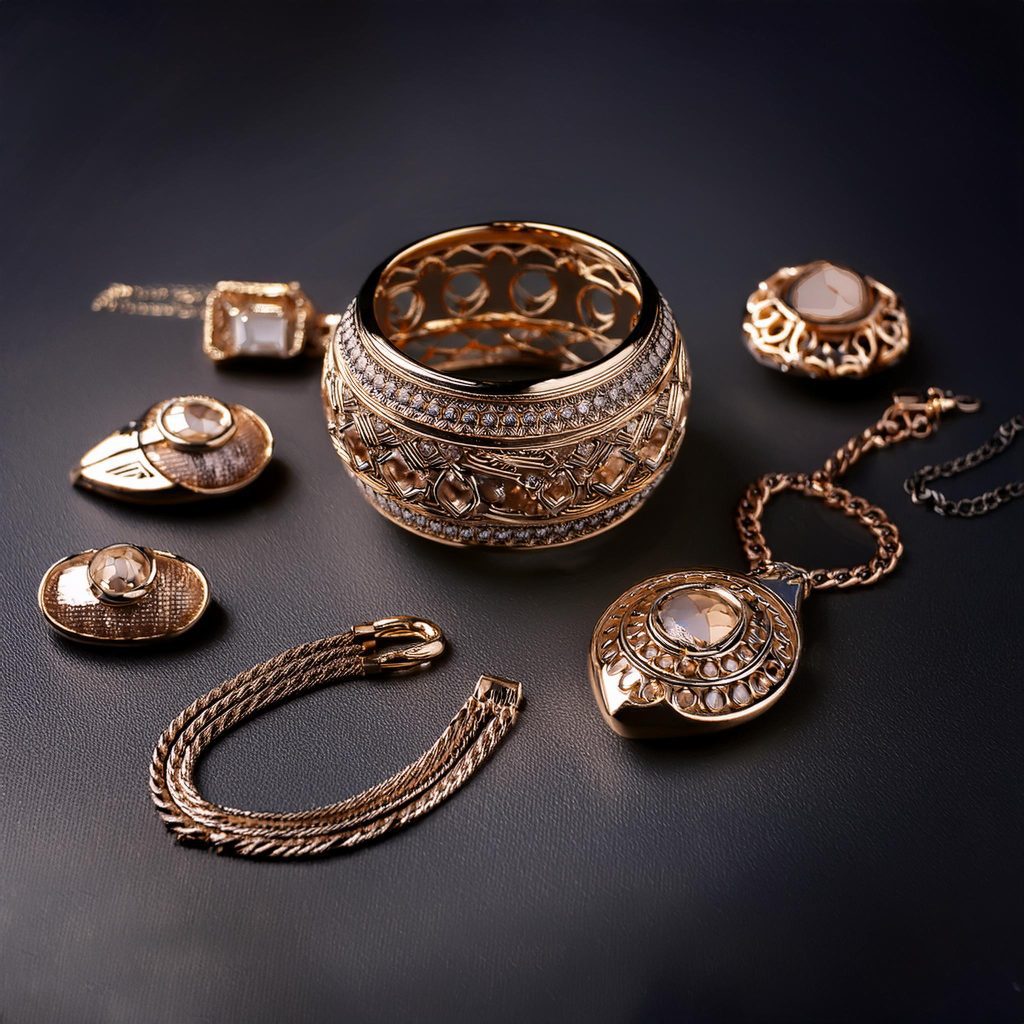The Superior Choice: Why Vacuum Casting Outshines Centrifugal Casting for Jewellery

In the intricate world of jewellery manufacturing, the choice of casting method is a critical decision that directly impacts the quality and integrity of the final product. While centrifugal casting has long been a staple in the industry, modern advancements have positioned vacuum casting as the superior and more reliable technique. This blog post will delve into why vacuum casting is increasingly the preferred method for jewellers and artisans who prioritize precision, consistency, and flawless results.
Understanding the Casting Process
Both vacuum and centrifugal casting are variations of the ancient lost-wax method, where a wax model is replicated in metal. The key difference lies in how molten metal is introduced into the mold.
- Centrifugal Casting: This method utilizes a spinning arm to fling molten metal into the mold using centrifugal force. The force pushes the metal outward, filling the intricate cavities. While effective, this process can be difficult to control, and the force applied is not always uniform, which can lead to imperfections. .
- Vacuum Casting: This technique leverages a vacuum to literally pull the molten metal into the mold. The flask containing the mold is placed on a vacuum table, and once the metal is poured, a powerful vacuum chamber below draws the air out of the porous investment material. This creates a pressure differential that pulls the molten metal down and into every tiny detail of the mold.
The Advantages of Vacuum Casting
1. Unmatched Detail and Precision: Vacuum casting’s ability to fill the smallest and most intricate details of a mold is its most significant advantage. The vacuum action ensures a complete and uniform fill, preventing issues like incomplete castings or rounded edges. This is particularly crucial for complex designs featuring delicate filigree, micro-pavé settings, or fine textures that would be challenging for centrifugal force to capture consistently. The result is a crisper, more accurate reproduction of the original wax model.
2. Elimination of Porosity: Porosity, or the presence of tiny air bubbles within the metal, is a common issue in casting that can compromise the strength and appearance of a piece. Centrifugal casting, with its reliance on force, can sometimes trap air pockets as the metal is flung into the mold. Vacuum casting, on the other hand, is specifically designed to eliminate trapped gases. The vacuum draws air out of the investment and away from the molten metal, leading to a denser, more solid casting with significantly reduced porosity. This is vital for jewellery, as a dense metal structure is stronger and easier to polish, resulting in a more lustrous finish. .
3. Enhanced Consistency: Achieving consistent results across multiple castings is a hallmark of a professional workshop. Centrifugal casting can be less predictable due to variables like the speed of the spin, the weight of the metal, and the balance of the machine. These factors can lead to variations in quality from one cast to the next. Vacuum casting offers a much higher degree of control. The vacuum pressure is a constant, reliable force, ensuring that each casting is filled with the same efficiency and precision, leading to a superior and uniform product.
4. Reduced Scrap and Rework: The superior quality of vacuum casting means fewer defective pieces. The reduced risk of porosity, incomplete fills, and other flaws translates directly to less waste and a lower scrap rate. For a jewellery business, this not only saves money on materials but also reduces the time and effort spent on reworking or re-casting pieces. This efficiency is a major factor in improving profitability and streamlining the production workflow.
5. Versatility and Ease of Use: Modern vacuum casting machines are user-friendly and highly versatile, capable of handling a wide range of metals, including gold, silver, platinum, and palladium. The straightforward, controlled process makes it an ideal choice for both large-scale production and smaller custom jobs. While there is a learning curve, the predictable nature of vacuum casting makes it easier to master and produce high-quality results consistently.
In conclusion, while centrifugal casting has served the jewellery industry well for decades, the advantages of vacuum casting are clear and compelling. From the flawless detail and reduced porosity to enhanced consistency and lower scrap rates, vacuum casting offers a level of quality and control that is simply unmatched. For any jeweller or artisan committed to creating the highest quality pieces, investing in a vacuum casting system is a strategic decision that will pay dividends in precision, efficiency, and customer satisfaction.
